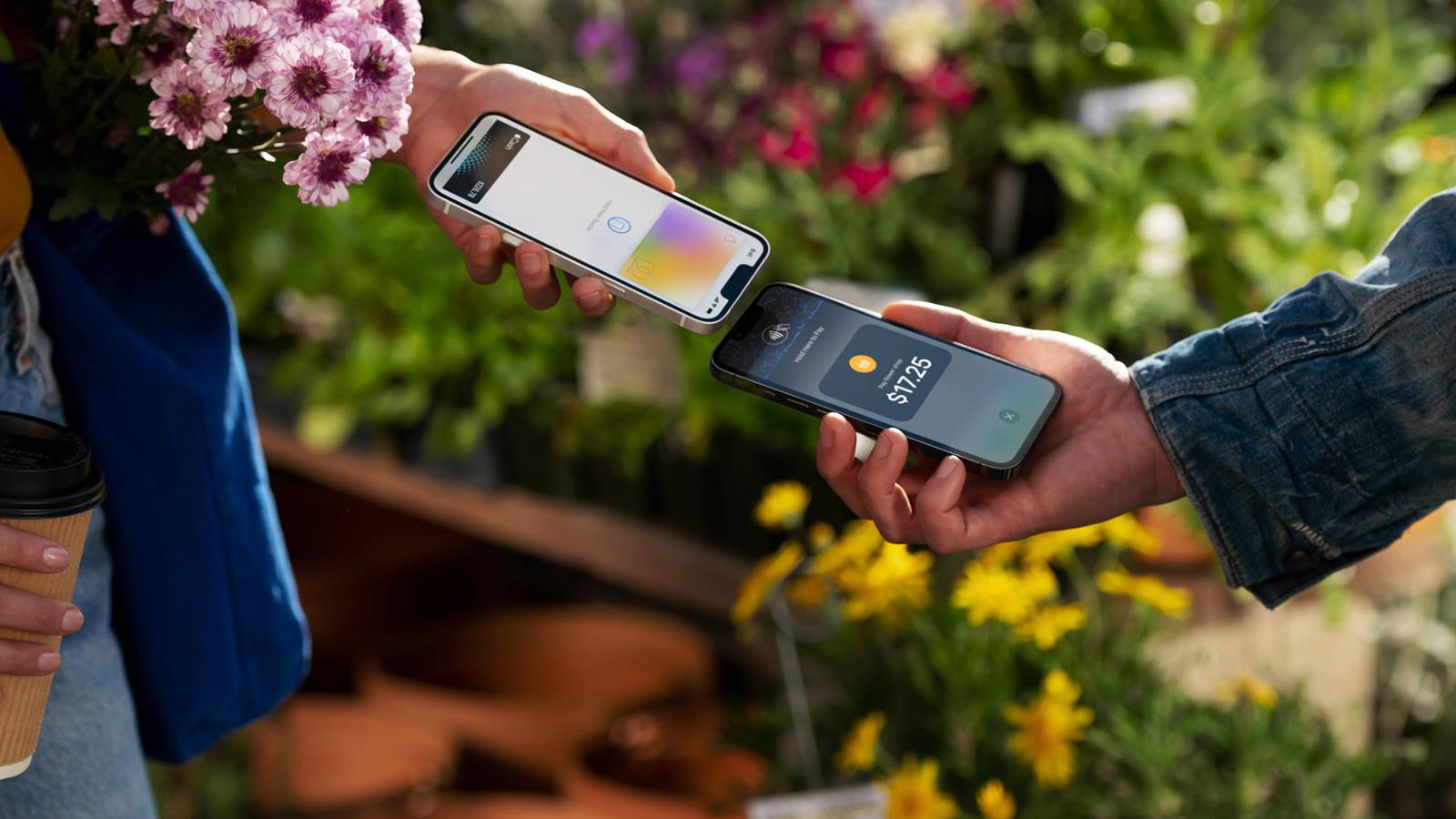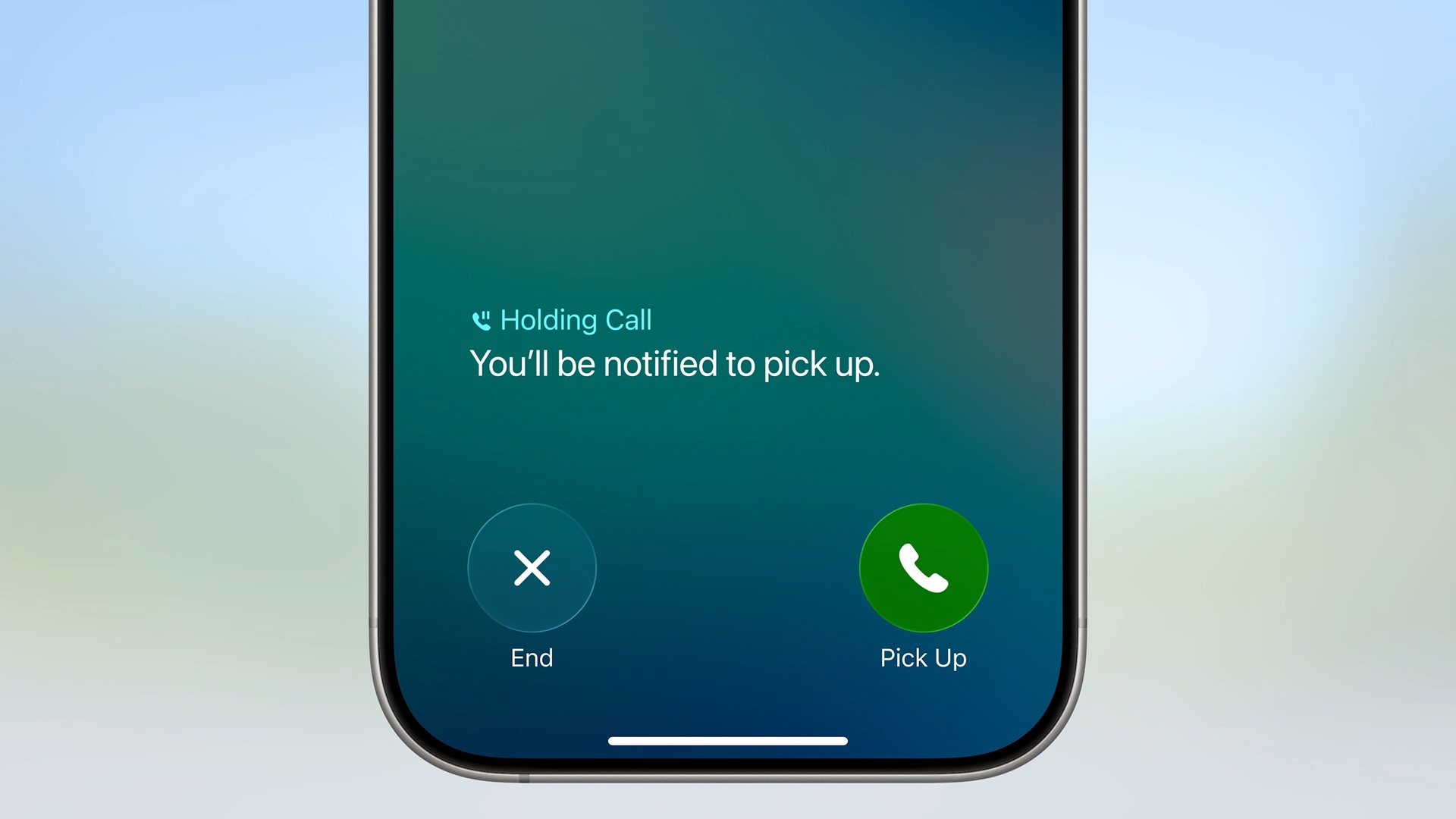Apple U1 chip explained: What is it and what can it do?

When Apple announced the iPhone 11, it also quickly introduced the U1 chip.
While it didn’t get a big moment on stage, Apple has said the chip will provide the new iPhone models with “amazing new capabilities”, including a more accurate version of AirDrop with iOS 13.
Here’s everything you need to know about it.
What is Apple’s U1 chip?
The U1 is a chip from Apple that allows its more recent iPhone models to precisely locate and communicate with other U1-equipped devices, or other devices that support ultra-wideband. It offers improved spatial awareness.
Ultra-wideband uses a high frequency, low range, radio signals, using a time-of-flight system to accurately locate other devices – in this case using the U1 chip. That allows really precise short range location-aware communication, much more accurate that GPS or Bluetooth information.
The U1 joins other “dedicated” chips developed by Apple, like the W1 and the newer H1 chip found in AirPods. Each chip has specialised tasks it handles, helping Apple’s devices to work more efficiently and integrate better.
What does ‘U1’ mean?
The “U” in U1 stands for “ultra-wideband”, as we’ve mentioned above. It’s often called UWB and Apple isn’t the only company to use it.
UWB is being looked at by many technology companies, but Apple, with the U1 chip was one of the first to put it in a mainstream device – the iPhone 11.

What can Apple’s U1 chip do?
AirDrop
Apple’s describes the U1 as a basis of Apple’s updated directional version of AirDrop, which can determine where you’re pointing your phone when you’re trying to share files. “Think GPS at the scale of your living room,” Apple explained. “So if you want to share a file with someone using AirDrop, just point your iPhone at theirs and they’ll be first on the list.”
Locating tracking
The U1 chip uses ultra-wideband technology for “spatial awareness” – or so the iPhone 11 or 12 can locate other U1-equipped Apple devices. “It’s like adding another sense to iPhone,” Apple explained at the iPhone 11 launch.
Apple AirTags
Apple has put the U1 chip into the new AirTags, announced in April 2021, so you can use ultra-wideband between your iPhone and the AirTag to find them.
When you lose an item with an AirTag attached, like your keys for example, you’ll be able to use the Find My app to precisely locate the item. You’ll get directional instructions on your phone display to guide you to the right place.
Which Apple devices have the U1 chip?
The iPhone 11, iPhone 11 Pro, and iPhone 11 Pro Max models are all equipped with the U1 ultra-wideband chip. It was also included in the iPhone 12, iPhone 12 Pro and iPhone 12 Pro Max, so the most recent phones have it.
There’s a U1 chip in the Apple Watch Series 6.
The U1 chip is also in the HomePod mini, allowing more accurate hand-off between phone and speaker, because the devices better understand what you’re doing.
As we mentioned, the Apple AirTags also have the U1 chip, so you can precisely locate things you lose.
Is that it?
No. With a recent update to the Find My app, Apple also confirmed thrid-party device support for location tracking. That’s also going to include other companies working with the U1 chip in the iPhone – so there’s a lot more coming in this area.
The U1 chip also plays its part in Apple CarKey. That system, supported by BMW for example, will let you use your phone or Apple Watch to unlock your car.





